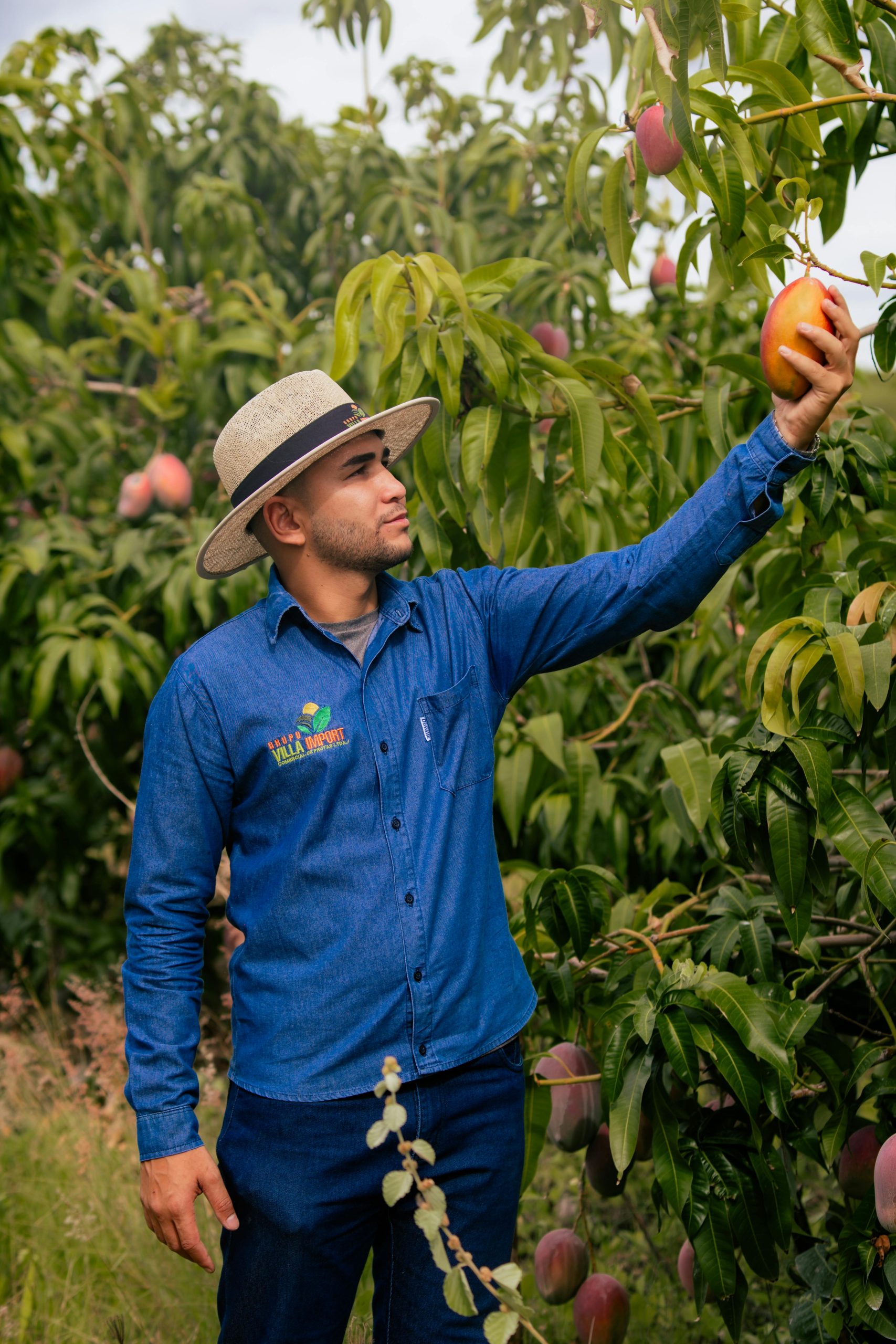
Starting a farming business requires careful planning, research, and execution. Today we dive into the crucial steps for a sustainable and reliable farm. Here are some essential steps to guide you through the process:
01. Define your farming business concept.
Clarify your vision and identify the specific type of farming business you want to establish. Determine if you wish to focus on crop production, livestock farming organic farming,, or a combination of these. Consider your interests, expertise, local market demand, and available resources when defining your farming business concept.
02. Conduct market research.
Thoroughly research your target market, local agricultural conditions, and consumer demand. Identify potential customers, distributors, or markets for your agricultural products. Evaluate competition, pricing trends, and market opportunities to understand the viability and profitability of your farming business.
03. Develop a business plan.
Create a comprehensive business plan that outlines your farming business goals, market analysis, competitive landscape, marketing strategies, operational plans, and financial projections. Your business plan will serve as a roadmap for your farming business and help you secure financing if needed. Consider including the following sections:
- Executive summary: A concise overview of your farming business concept, mission, and key objectives.
- Market analysis: Identify your target market, analyze consumer preferences, and assess the competitive landscape.
- Product offering: Describe the specific crops or livestock you will produce and how they meet the needs of your target market.
- Marketing and sales strategy: Outline your marketing and promotional tactics to reach and engage your target audience.
- Operational plan: Detail your farming methods, production processes, equipment needs, and staffing requirements.
- Financial projections: Develop an economic forecast, including startup costs, operating expenses, revenue projections, and profitability analysis.
04. Obtain licenses and certifications.
Register your business and comply with any other licensing and certification requirements for operating a farming business in your area. This process may involve obtaining a business license, relevant permits for agricultural activities, and liability insurance to protect against potential risks. Additionally, certain certifications related to sustainable farming practices or organic production may be essential for marketing your farm’s products and gaining consumer trust.
05. Secure financing.
Determine the financial resources required to start and operate your farming business. This may include land acquisition or lease funds, equipment, infrastructure, seeds or livestock, marketing, and operational expenses. Explore financing options such as agricultural loans, grants, government programs, business incubators, or private investors like angel investors to secure the necessary capital. Check out our helpful guide on how to raise money for your business for more information.
06. Acquire land and necessary.
Resources Identify and acquire suitable land for your farming business. Consider factors such as soil quality, water availability, proximity to markets, and zoning regulations. If purchasing land is not feasible, explore leasing options or consider partnerships with other landowners. Also, could you secure necessary resources, such as seeds, livestock, equipment, and infrastructure based on your farming business plan?
07. Implement farming operations.
Establish your farming operations by preparing the land, planting crops, raising livestock, and implementing sustainable farming practices. Develop schedules, processes, and protocols for irrigation, fertilization, pest control, and animal care. Monitor and manage your farming operations closely, adapting to weather conditions and market demands as needed.
08. Establish sales and distribution channels.
Identify the most suitable sales and distribution channels for your agricultural products to calculate your potential net profit. Explore direct business-to-consumer sales through farmers’ markets, CSA programs, farm stands, or online platforms. Consider partnerships with local restaurants, grocery stores, or food cooperatives to expand your reach. Improve your networking by developing relationships with distributors or wholesalers if targeting larger markets or supply chains.
https://www.wix.com/blog/how-to-create-a-construction-business-plan: A Smart Strategy to Start a Profitable Farming Business.

